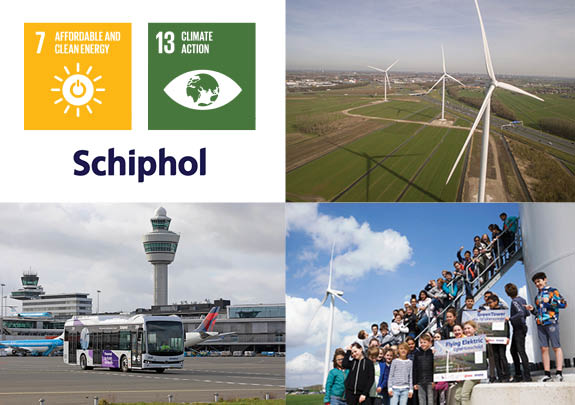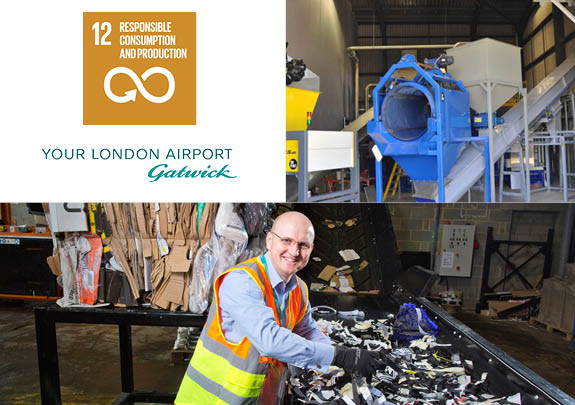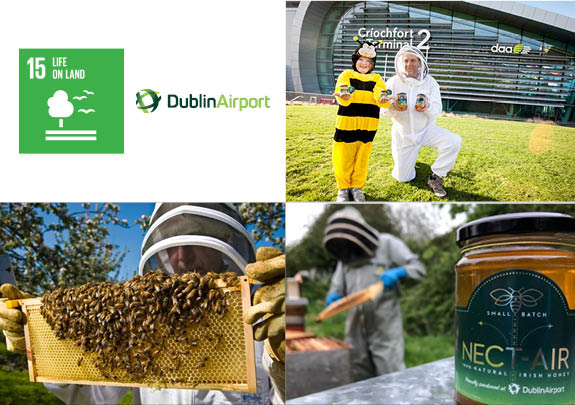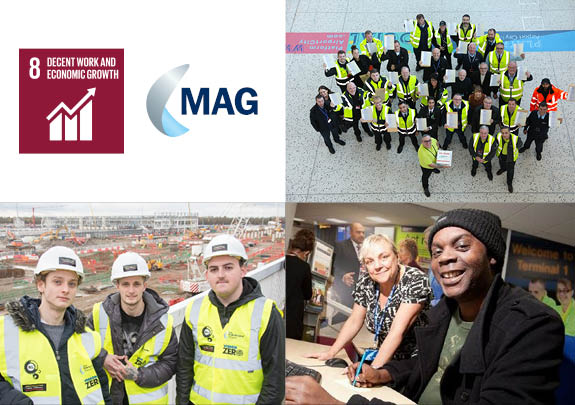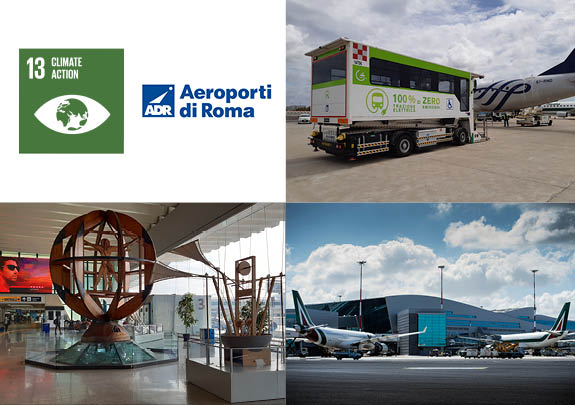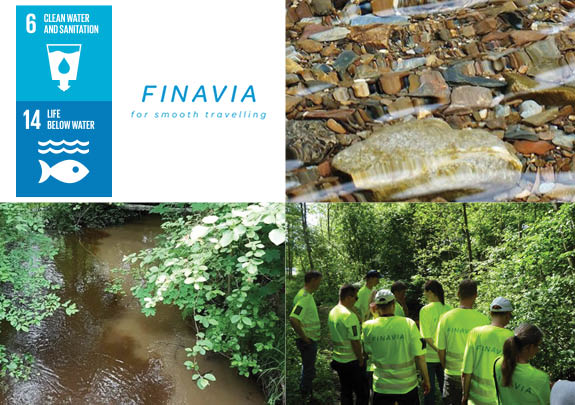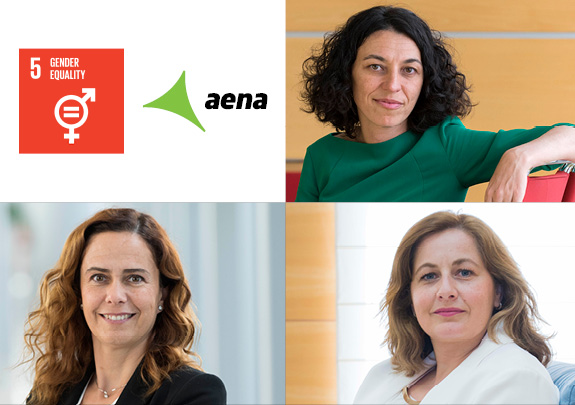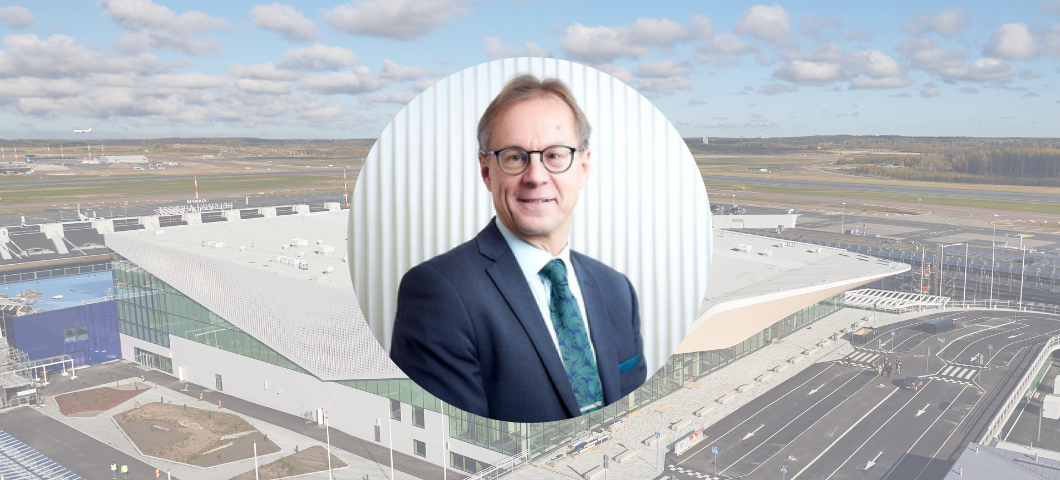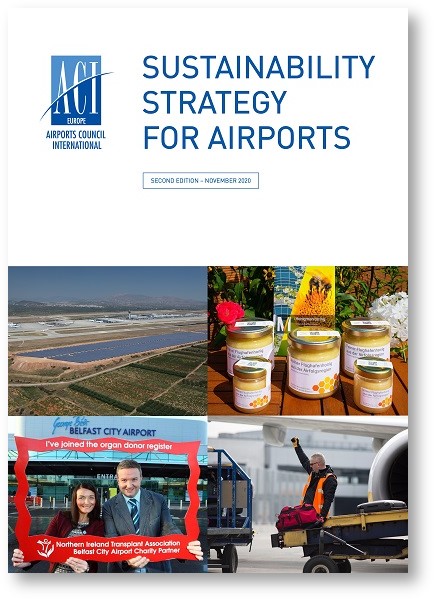A quarter of a million Irish dark native honey bees have their home beside the Dublin Airport campus
Bees and other pollinators, such as butterflies, bats and hummingbirds, are increasingly under threat from human activities.
Pollination is, however, a fundamental process for the survival of our ecosystems. Nearly 90% of the world’s wild flowering plant species depend, entirely, or at least in part, on animal pollination, along with more than 75% of the world’s food crops and 35% of global agricultural land. Not only do pollinators contribute directly to food security, but they are key to conserving biodiversity.
Dublin Airport's bee hives
Preserving biodiversity and promoting SDG 15 "Life on Land" are at the core of Dublin Airport's environmental work. The airport has been home to a quarter million bees in four hives located within the airport campus since 2018.
Dublin Airport’s bee hives were installed with the help and advice of the Fingal North Dublin Beekeepers’ Association and the Department of Agriculture, Food and the Marine. The hives are tended to by local beekeeper Colm Fogarty who has 20 years’ experience in beekeeping.
The bees are thriving in excellent environmental conditions on the airport’s land. A sweet side-effect - the airport is now able to serve customers with top quality 100% natural Irish honey produced on their own land. This is testament to the fact that the air quality and surrounding vegetation at Dublin Airport is excellent for the bees to pollinate.
What's in it for the bees... and the airport
Colonies of bees can cover areas of up to twelve square kilometres, working intensively for their food. Introducing bee hives to the local environment helps biodiversity and also makes it easier for airports to monitor emissions and overall carbon footprint.
Dublin Airport’s other pollinator initiative is its bug hotel, which hosts solitary bees, butterflies and hoverflies, green lacewings, ladybirds and earwigs. The hotel was built to encourage beneficial insects that perform a valued service in the environment such as pollination and pest control, and to support biodiversity in the airport's gardens.
Following the successful trial, Dublin Airport now plans to install additional bee hives at other locations on the massive campus to increase honey production in the area.
Find out more about Dublin Airport's sustainability strategy.


